She knew something was wrong.
Call it a mother’s sixth sense, a connection much deeper than the umbilical cord that connected them.
Brenda Vronko’s maternal instincts likely saved her baby’s life.
Scheduled to attend a family reunion on Sunday, Aug. 27, Brenda told her husband, Jeremy, and three sons to go on without her.
The early childhood supervisor, 36 weeks pregnant, felt worn out from an early childhood summit she helped organize for work on Friday and Saturday.
At age 36, considered advanced maternal age, Brenda wanted to take a nap.
But more than just drowsiness kept her from the family get-together. Something felt off. Something was missing.
The kicking. The turning. The rolling. The frequent activity she grew accustomed to feeling in her womb seemed like it had fallen into slow motion, if any at all.
Just three days prior, she had been at Spectrum Health Ludington Hospital for a non-stress test.
“She was very active that day,” Brenda said of her baby. “You have to push a button every time she moves. I felt like the button would break because I pushed it so much.”
That Sunday, the baby’s lack of movement pushed mom’s buttons.
The worry buttons.
‘Something was wrong’
“Saturday night I was exhausted, but when I laid down she was still very active,” Brenda said. “Sunday when I woke up, she wasn’t. She usually is active right away when I wake up. She wasn’t moving around like normal.”
Jeremy and the older kids headed off to the family reunion in Norton Shores near Muskegon, Michigan.
“I stayed home resting,” Brenda said. “I did all the tricks I normally would do. I felt maybe I was just overly exhausted and so was the baby. I took a nap. When I woke up, I just felt, ‘This isn’t normal.'”
Jeremy and the boys returned home. They tried the most tried-and-true trick of all. Normally, the baby would practically play a soccer match in her womb after Brenda ate pizza and bread sticks.
“We ordered from the local pizza place,” Brenda said. “We tried that. I laid down on my left side, which would usually get the baby moving.”
Nothing. A big flat, garlic-tinged, nothing.
Brenda kissed her sons goodnight and told them she was going to the hospital to check on the baby.
“They got me right in and put me on the monitor,” Brenda said. “It was similar to a non-stress test. I maybe pushed the button once in the hour I was there. That wasn’t typical for the baby.”
The nurse called Timothy Murphy, MD, an OB-GYN at Ludington Hospital. The doctor told her to start an IV.
“At that point I knew something was wrong,” Brenda said. “I called Jeremy and told him to get a babysitter. Dr. Murphy came in and said he saw patterns of the baby’s heart rate decelerating. He monitored her for another 10 or 15 minutes then said, ‘We’re taking you for an emergency C-section.'”
Just in time
Jeremy arrived at her bedside minutes before the C-section began.
Aubrey entered this world at 10 p.m.
“I’m very thankful he got there in time and was able to experience that birth,” Brenda said.
But what’s normally a joyful experience, with big dreams for the future, turned into life-or-death fear for the Vronko family.
“When Aubrey came out, she was definitely anemic,” Brenda said. “I was thankful she was there but I could tell something definitely wasn’t right because of her color tone. She definitely was not a pink baby.”
Jeremy noticed it right away, too.
“She looked ghostly,” he said. “She looked lethargic. She didn’t cry for several minutes.”
While in recovery, Brenda received the news—they were transporting her daughter to Spectrum Health Helen DeVos Children’s Hospital in Grand Rapids.
As Brenda worried and prayed over her newborn daughter, she barely noticed her own bleeding. Too much, doctors determined. Not normal.
“We had three previous C-sections, so we knew what to expect,” Jeremy said. “We had been through the process. We were talking, letting her know about the baby, and the nurse came in to do a post-surgery checkup. Brenda was bleeding more than normal.”
Nurses changed the dressings, then re-checked 10 minutes later. More bleeding.
“They called Dr. Murphy and he was concerned as well,” Jeremy said. “He started giving her medicines to help with blood clotting, but none of them worked. She kept bleeding. You could tell the doctors and the nursing staff were concerned. It became very emotional for me. I was worried for my spouse.”
They rushed Brenda back into surgery. Jeremy waited nervously for the next four hours.
Doctors performed a full hysterectomy to stop the bleeding.
“I remember getting into the operating room, but I don’t remember recovery,” Brenda said. “I think because it was such a traumatic experience I blocked it out. What hit me was she wasn’t with me like a normal post-baby delivery.”
As Brenda recovered, Helen DeVos Children’s Hospital doctors set up video streaming sessions on the Spectrum Health app so she could see her new daughter.
“I could see her with the NICU doctor and get an update with where she was at,” Brenda said. “I wanted to see her as soon as possible, but I had to recover myself.”
Seeing baby
Aubrey was anemic due to a fetal-maternal hemorrhage, said Mitchell DeJonge, MD, neonatal specialist at Helen DeVos Children’s Hospital.
“Simply put, Aubrey’s blood was leaking through the placenta and going into her mother’s circulation,” Dr. DeJonge said. “A blood test done on Aubrey’s mother indicated that Aubrey had essentially bled her entire blood volume into her mother’s circulation. If this would have happened all at once, Aubrey would have died.”
Dr. DeJonge said the process likely occurred over weeks, which allowed Aubrey to compensate for the blood loss.
“She finally became so anemic that she stopped moving inside of her mother,” Dr. DeJonge said. “The bottom line is that Aubrey would not have survived if Mrs. Vronko had not come in to have the lack of fetal movement evaluated, nor would she have survived if Dr. Murphy would have waited to deliver her.”
Dr. DeJonge said Brenda’s postpartum hemorrhage was not related to the issue with Aubrey, and was not related to the decreased movement.
“Fortunately, postpartum hemorrhage is rare, but can happen after any C-section delivery,” Dr. DeJonge said.
Once at Helen DeVos Children’s Hospital, Aubrey received a red blood cell transfusion. Doctors monitored her closely for signs of organ injury caused by severe anemia.
Beyond the medical terms and medical findings, the core reality strikes Jeremy and his family the deepest.
“If Brenda had decided to go to bed and not go to the hospital, the baby would have been dead the next morning,” he said. “It could have impacted Brenda, as well.”
Brenda said it’s a wake-up call for all moms. Don’t nap through symptoms that could be serious.
“It’s kind of trusting your instincts,” she said. “Pay attention to your kick counts. Non-stress tests are vital in ensuring the health of baby, and mom, too. Without being aware, she probably wouldn’t be here. Had I not listened to ‘something is not right,’ she would not be here.”
Jeremy said he believes his family experienced two miracles.
“Brenda saved Aubrey’s life,” Jeremy said. “And Dr. Murphy saved Brenda’s life. She was in a bad way. I’m incredibly thankful for the teams that helped us through that.”
Aubrey returned home Sept. 12.
Brenda and Jeremy sling-shotted from the excitement of having a baby to the despair of almost losing one.
Their perspective will never be the same.
“It’s made us more aware and grateful for these experiences we do have, and how truly the life of your children is a miracle,” Brenda said. “In an instant things can change. Without all the love, support and prayers from everyone, it could have been a completely different story.”




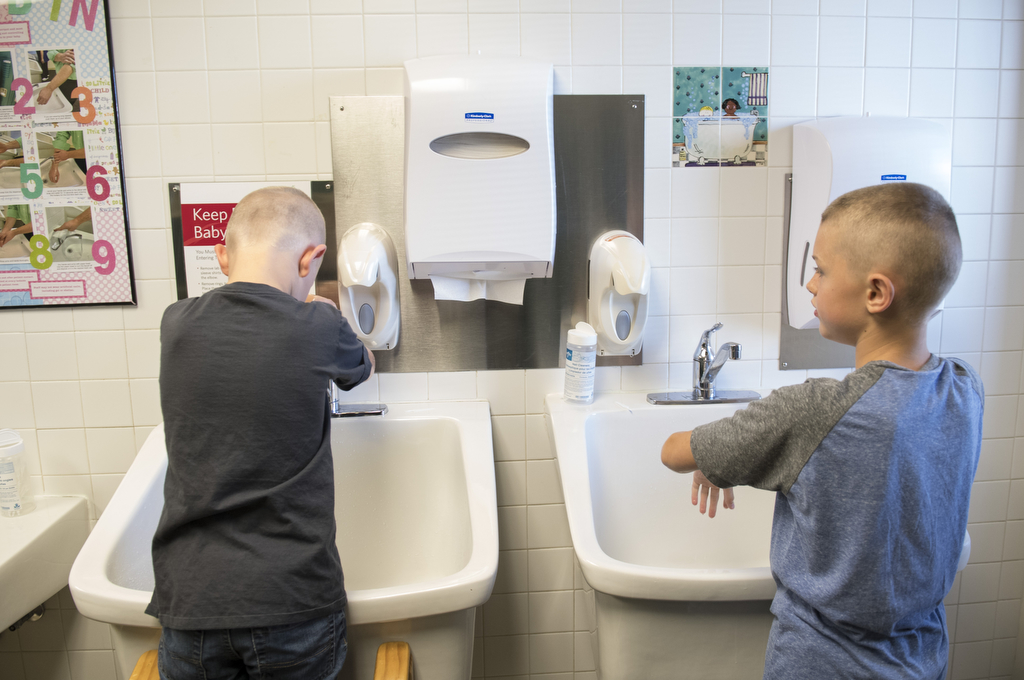
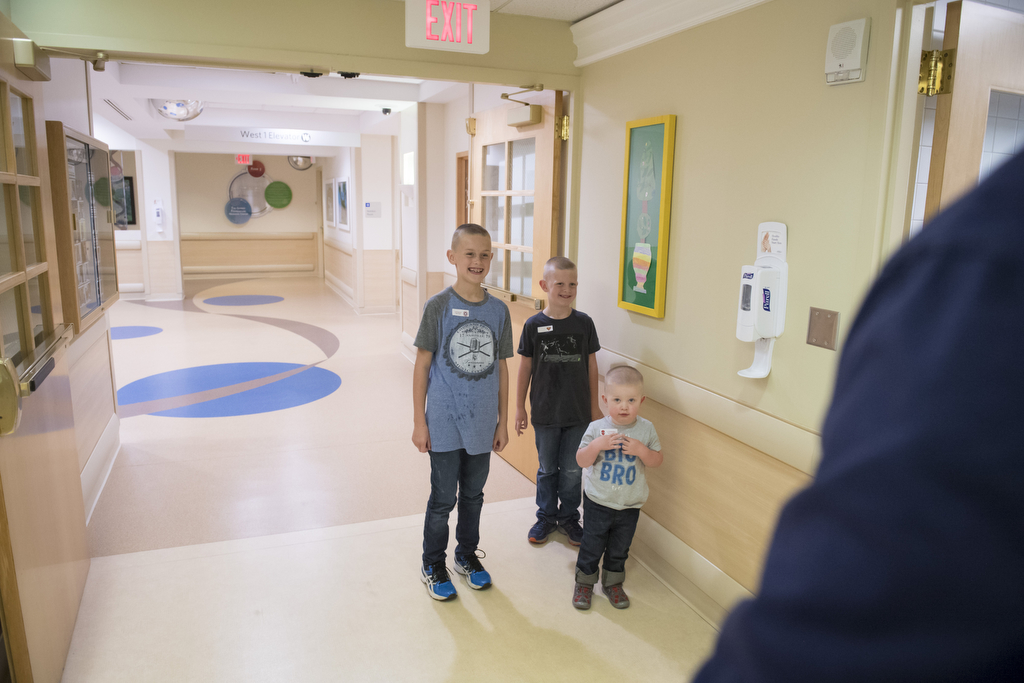
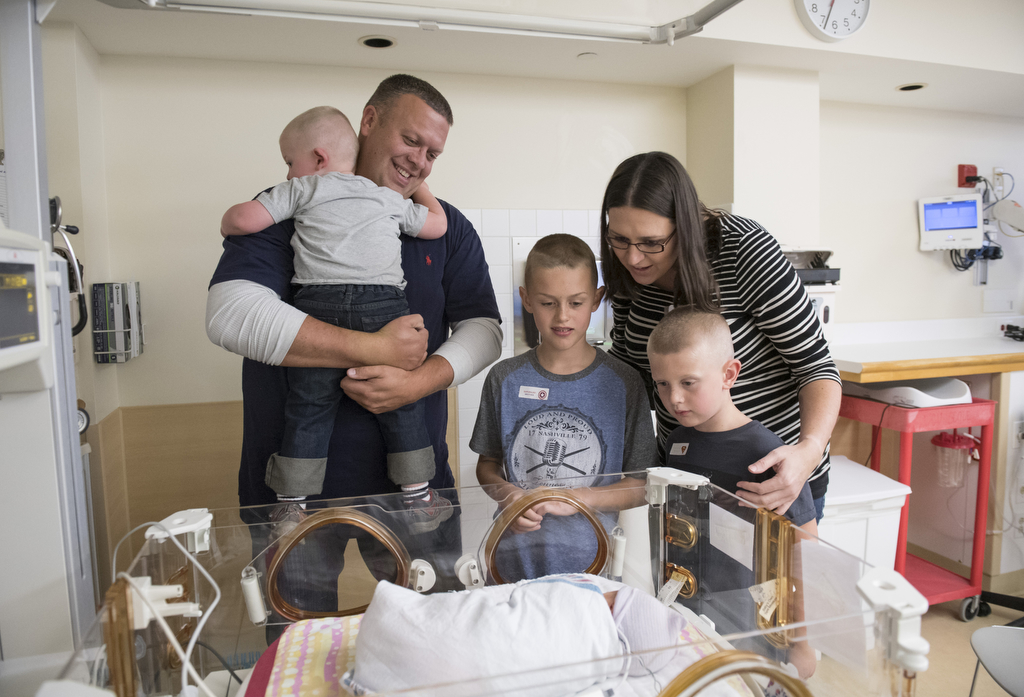
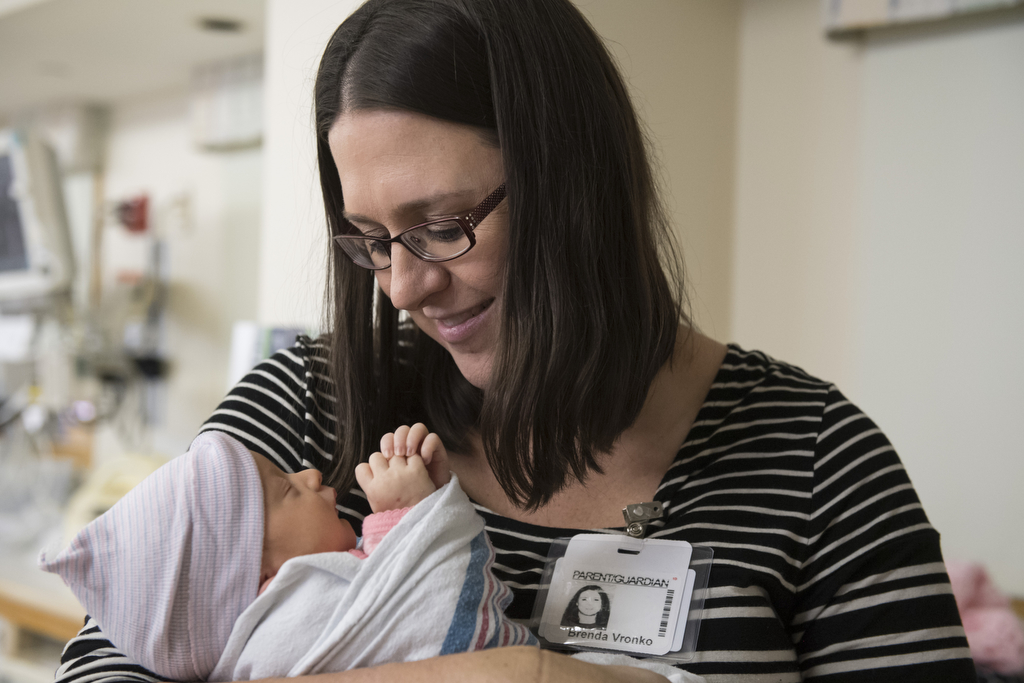
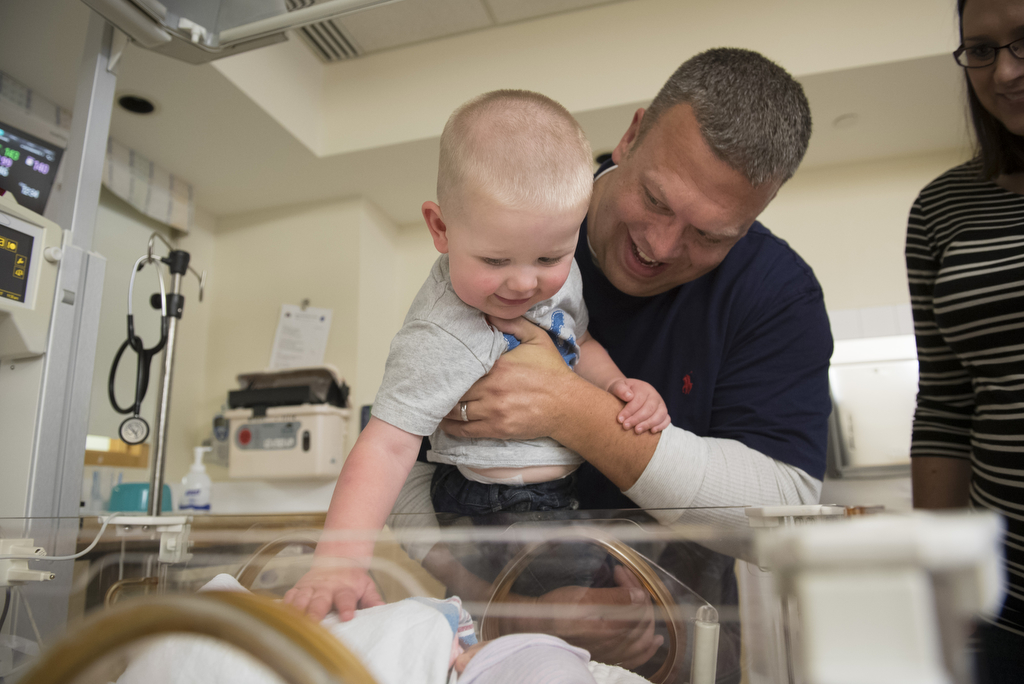


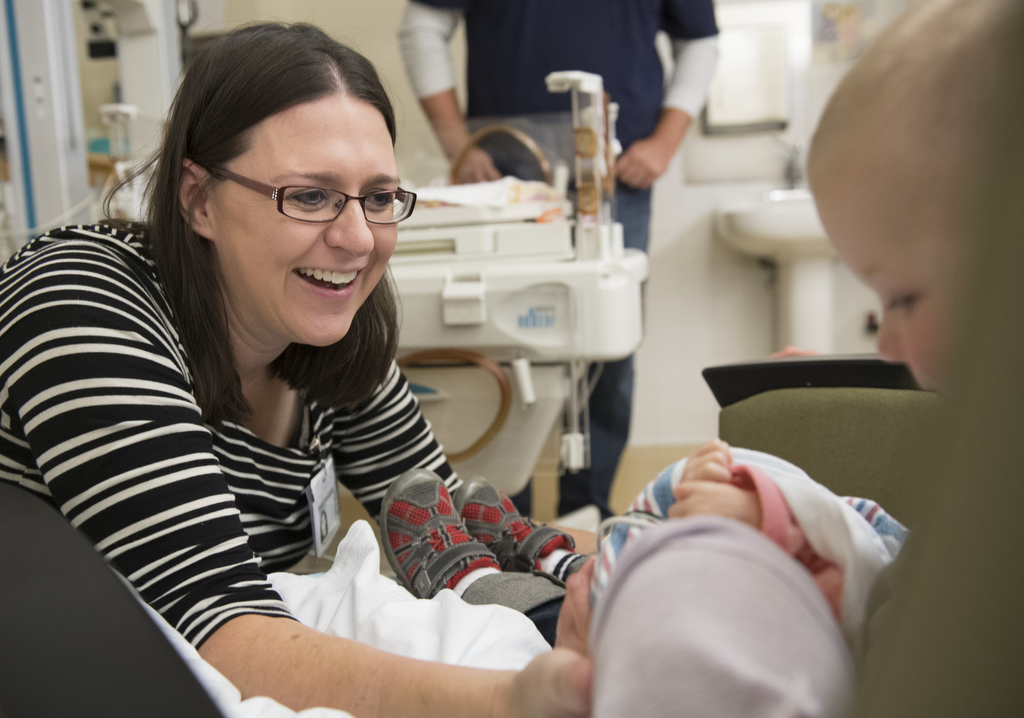
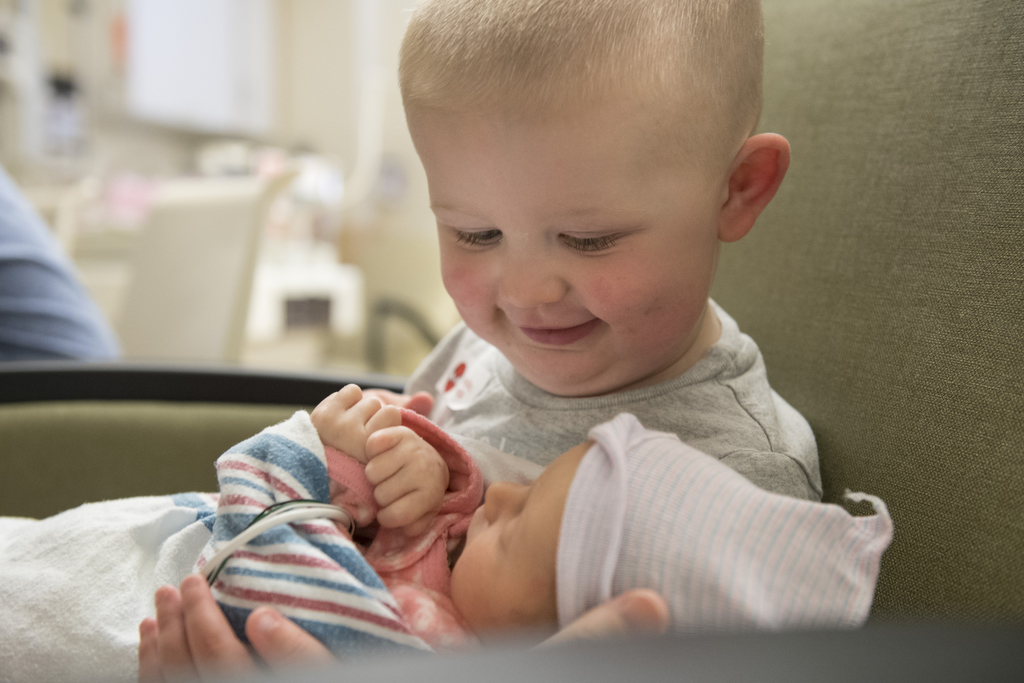
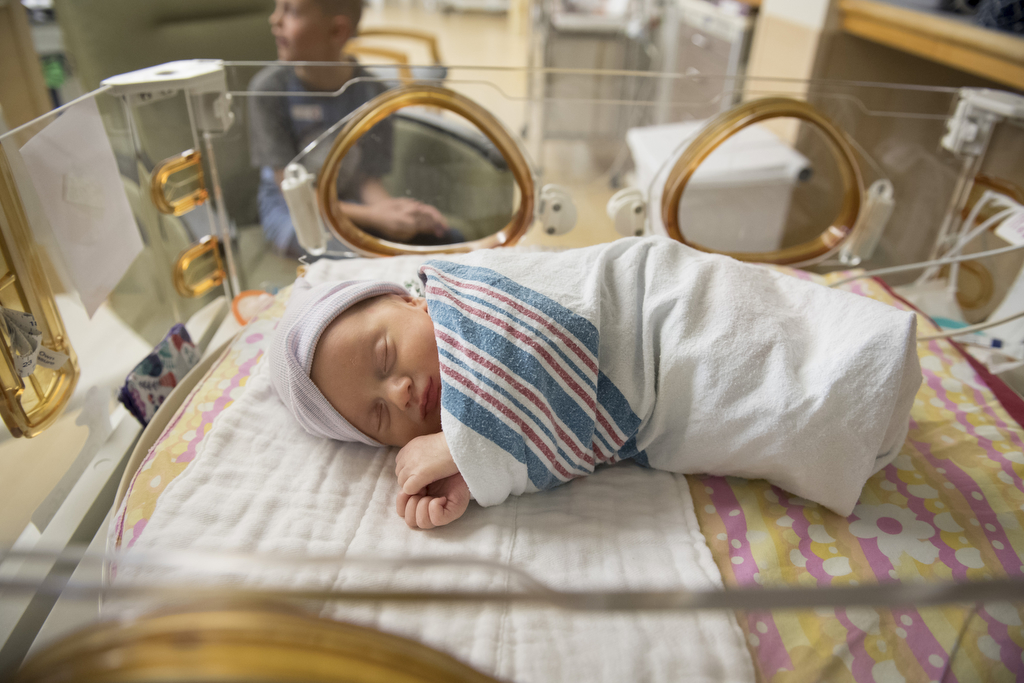
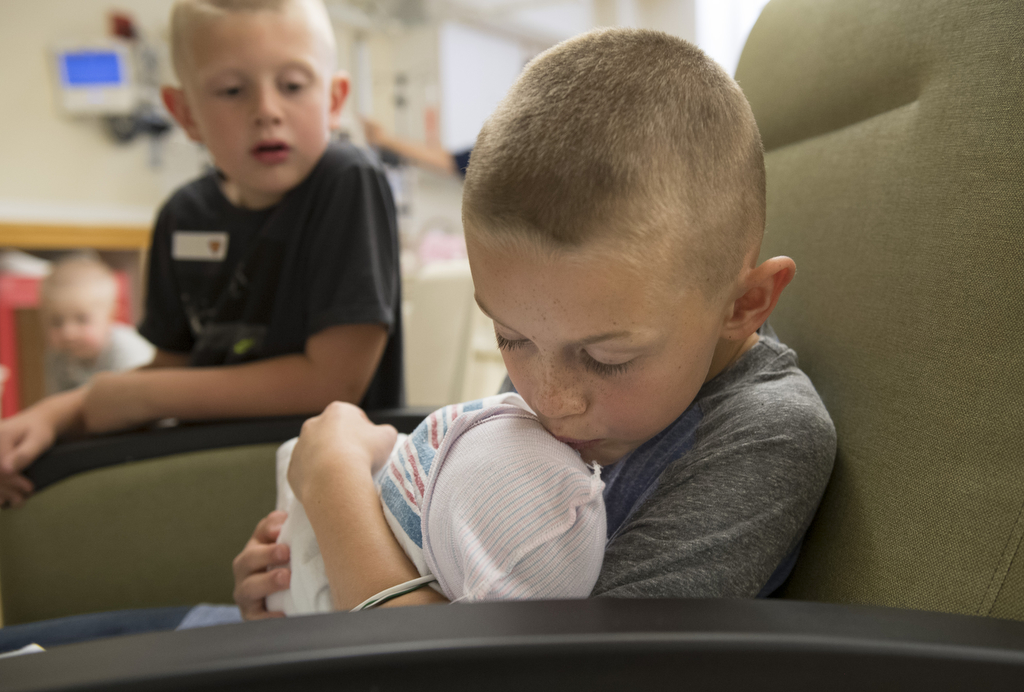
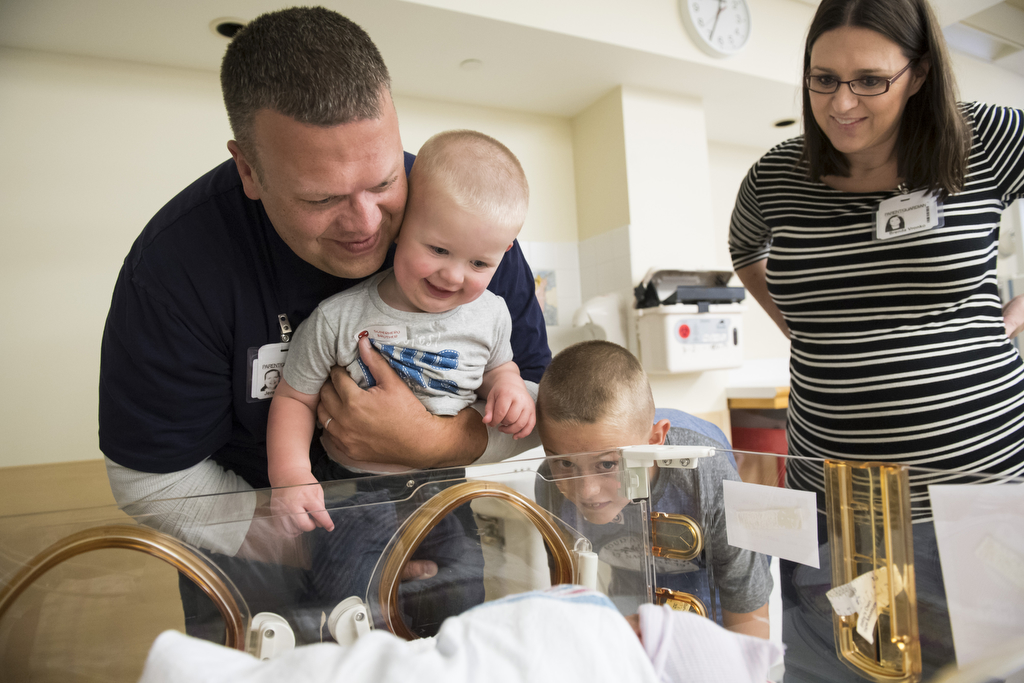


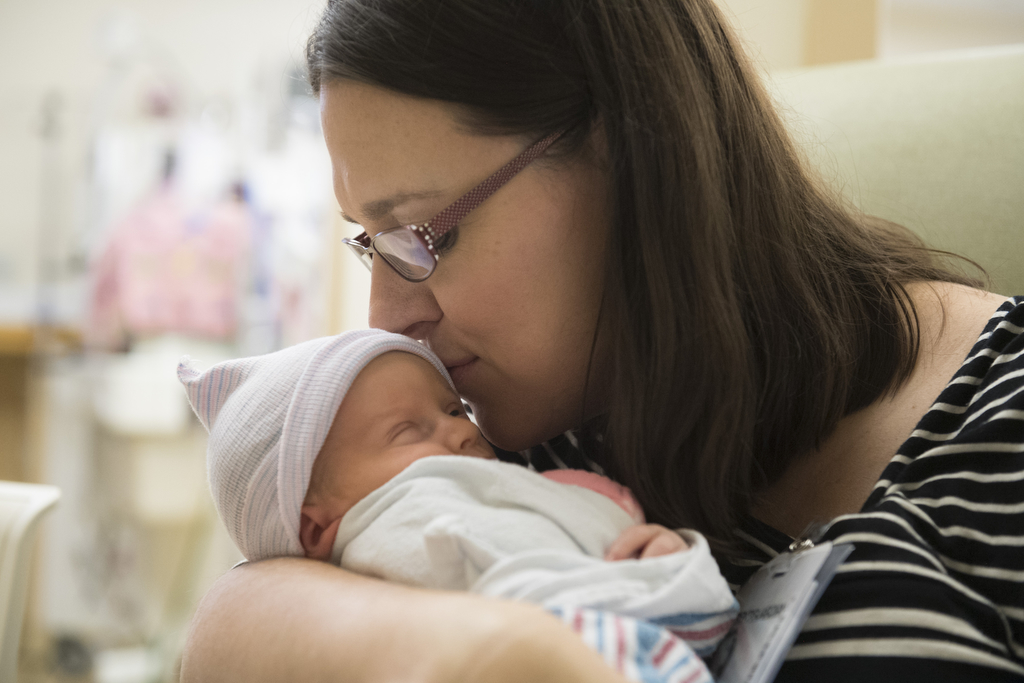






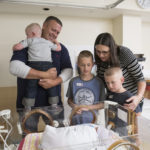












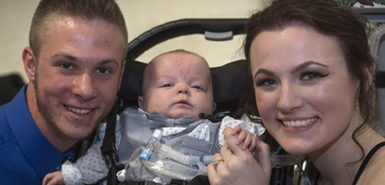 /a>
/a>
 /a>
/a>
 /a>
/a>
So thankful everything turned out well. Jeremy’s staff was all pulling for them and many were praying.
I truly believe in miracles and feel God was watching over Jeremy’s wife Brenda and new baby girl Aubrey. Thank you for sharing your story with all of our SHLH family. Many blessings for you and your family Jeremy, Sincerely, Pam
Wow, so glad everything turned out the way it did! You are blessed beyond words with a beautiful healthy family. Thanks for sharing!
So very happy for your family that all went well.
God bless you all! Angels were there watching over them both! Kudos to Brenda and to the doctors who acted so quickly.
What a beautiful family!
So very Thankful for your Blessings. Your article may save children!
What a beautiful family
God is good, God is great!!!
God is a peace maker may lord always be with your family